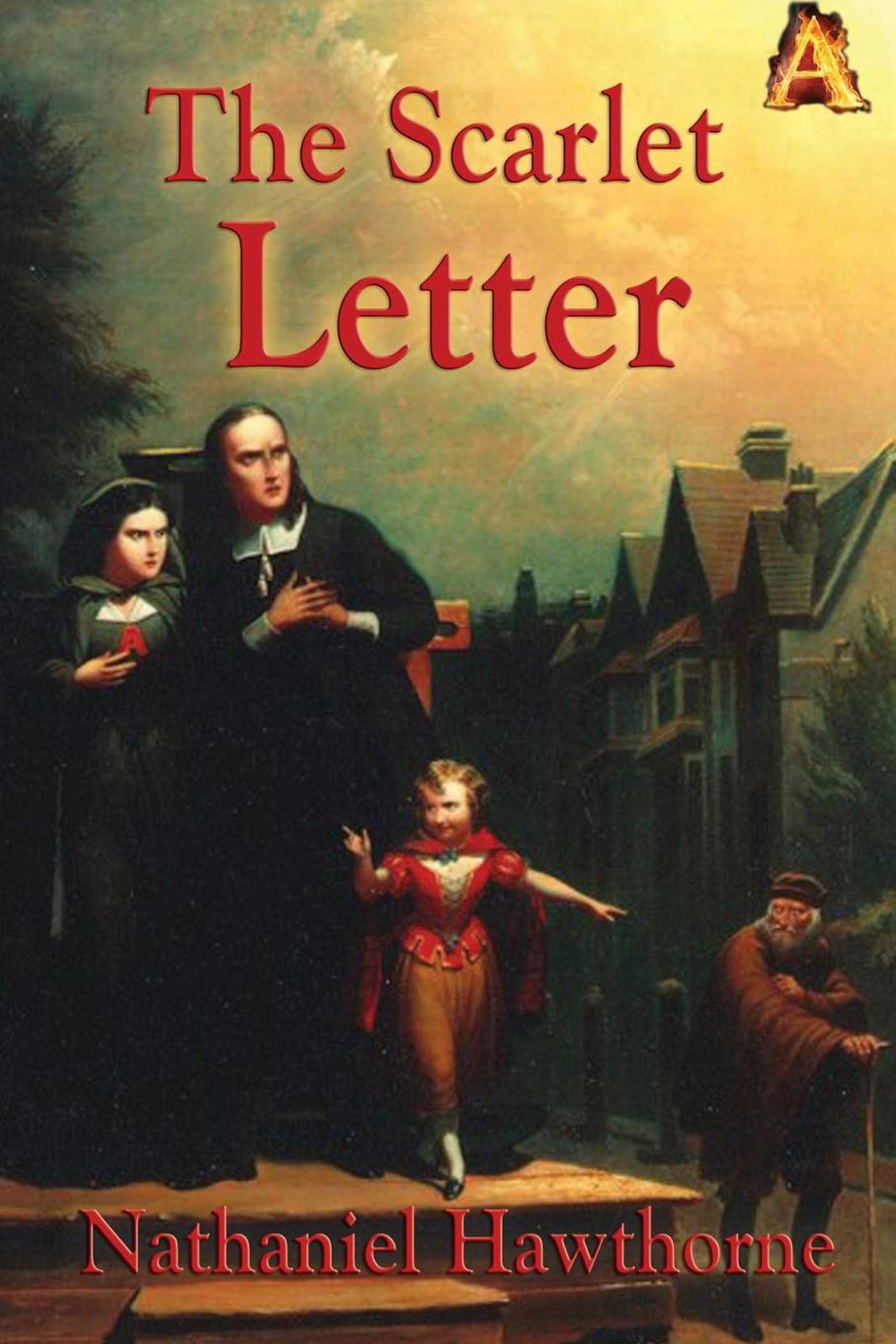

The first women's-rights convention at Seneca Falls, N.Y., was held in 1848, two years before The Scarlet Letter was published. Women's rights were a part of the cultural conversation." "was very, very aware of the growing feminist insurgence. Professor Jamie Barlowe, of the University of Toledo, says that Hawthorne - living in Salem, Boston and later Concord, Mass. "This classic male anxiety: How do you know for sure whether your baby is yours? If you don't know if your woman and your child are actually yours, then you have no control over property, no control over social order, no control over anything - and that's the deep radical challenge that Hester presents to this society."Īmerica was in the midst of a growing feminist movement when Hawthorne wrote The Scarlet Letter. "The drama is really the drama of the patriarchial society's need to control female sexuality in the most basic way," says Evan Carton, literature professor at the University of Texas, Austin. Hester Prynne is also the object of a cruel and shadowy love triangle between herself, her minister lover, Arthur Dimmesdale, and her husband, now called Roger Chillingworth. In the self-righteous eyes of the townspeople, she is the ultimate example of sin.

She's forced to stand in shame before the mass of Puritan citizens, enduring their stares, their whispers and their contempt. The adultery she committed when her husband was thought lost at sea leads Boston's Puritan authorities to brand her with the bright red "A" of the title. She's the embodiment of deep contradictions: bad and beautiful, holy and sinful, conventional and radical.Īt first glance, Hester may seem more victim than heroine. Hester Prynne, protagonist of Nathaniel Hawthorne's masterwork The Scarlet Letter, is among the first and most important female protagonists in American literature.


 0 kommentar(er)
0 kommentar(er)
